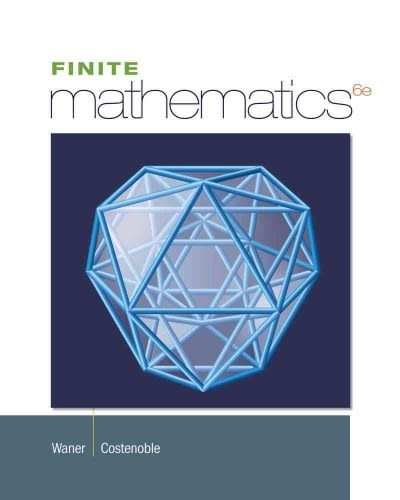Question
The pharmaceutical business deals with a very high degree of uncertainty. Over 90% of all products under development fail to come to market resulting in
The pharmaceutical business deals with a very high degree of uncertainty. Over 90% of all products under development fail to come to market resulting in large losses. Products that do come to market can earn multibillion profits annually for up to 15 years (until the patent expires). Simulation is a natural tool to use in an effort to estimate whether a new product is worth developing. Eli Daisy wants to determine whether a new drug, Niagara, is worth developing. Before coming to market Niagara must go through the following stages of development:
Initial R&D
Preclinical Testing
Testing I (small-scale clinical trials)
Testing II (large-scale clinical trials)
Suppose each of the four development phases will be successful with independent probability equal to 30%. The development will stop immediately if the current of the project phase fails. Suppose also that cost of each of the development can be modeled using a triangular distribution with lowest value equal to 1 million dollars, mode equal to 3 million dollars and highest value equal to 6 million dollars. Calculate the expected cost of developing Niagara and the probability that it will be brought to market. Run the simulation with 20,000 trials.
Step by Step Solution
There are 3 Steps involved in it
Step: 1

Get Instant Access to Expert-Tailored Solutions
See step-by-step solutions with expert insights and AI powered tools for academic success
Step: 2

Step: 3

Ace Your Homework with AI
Get the answers you need in no time with our AI-driven, step-by-step assistance
Get Started


